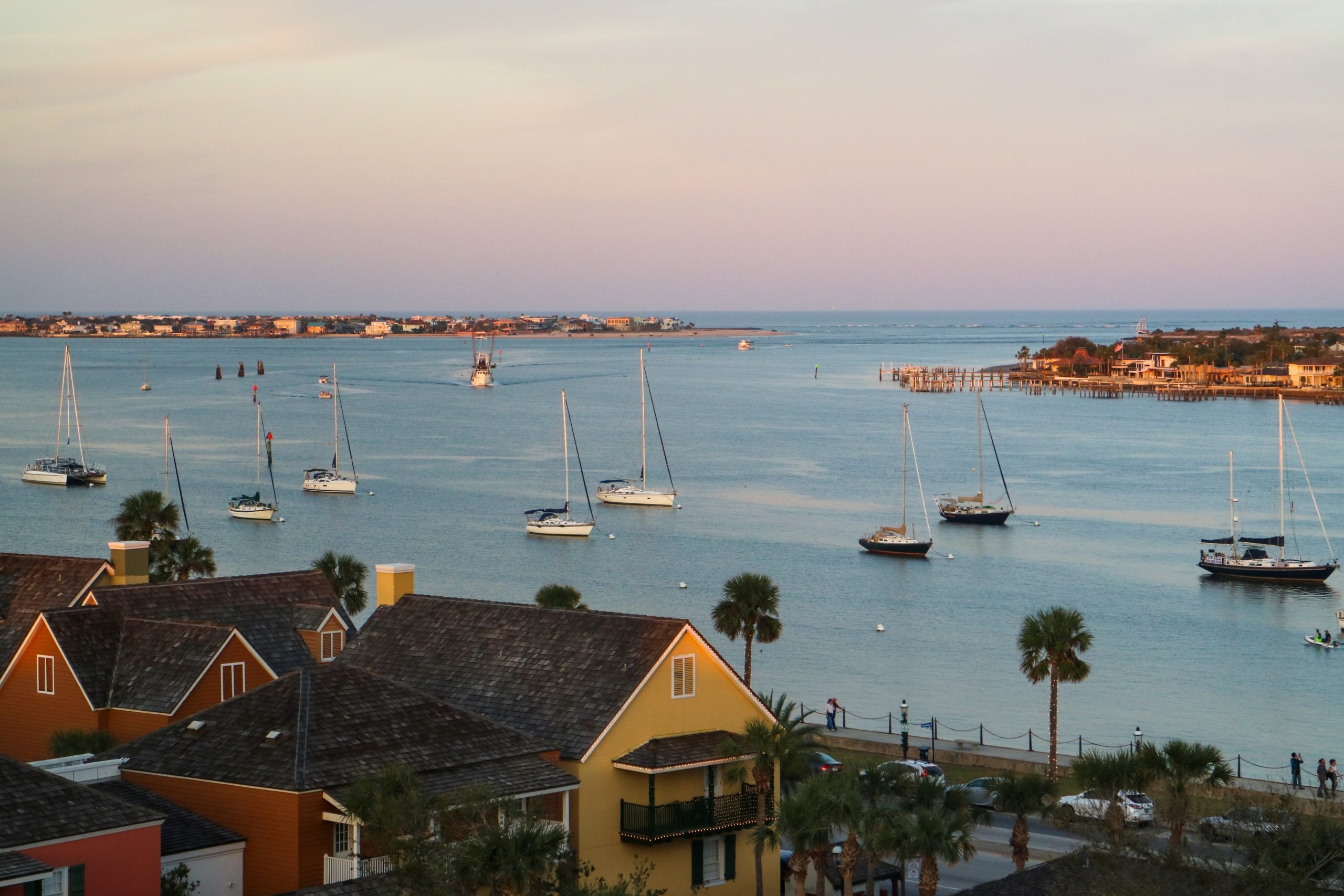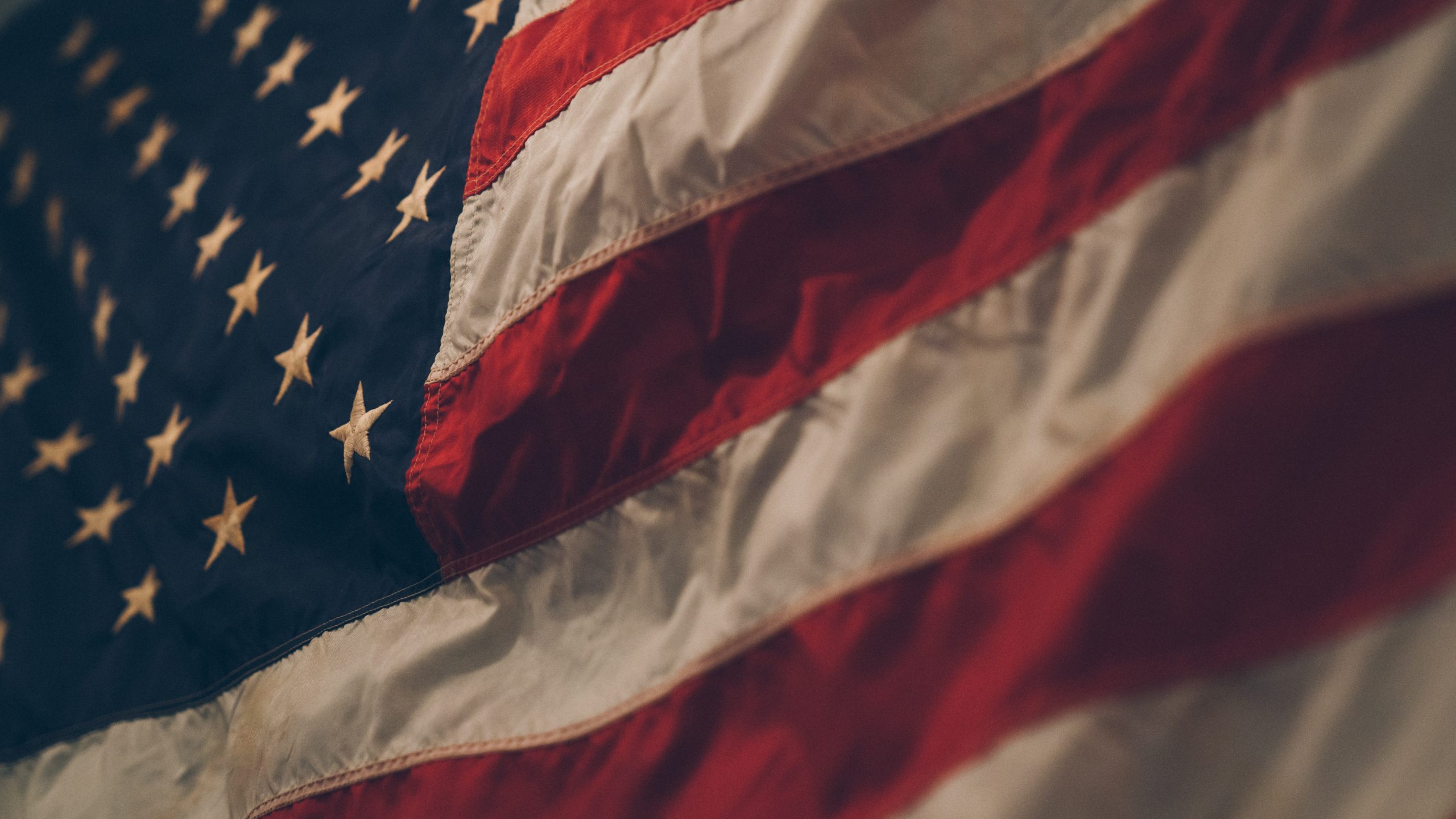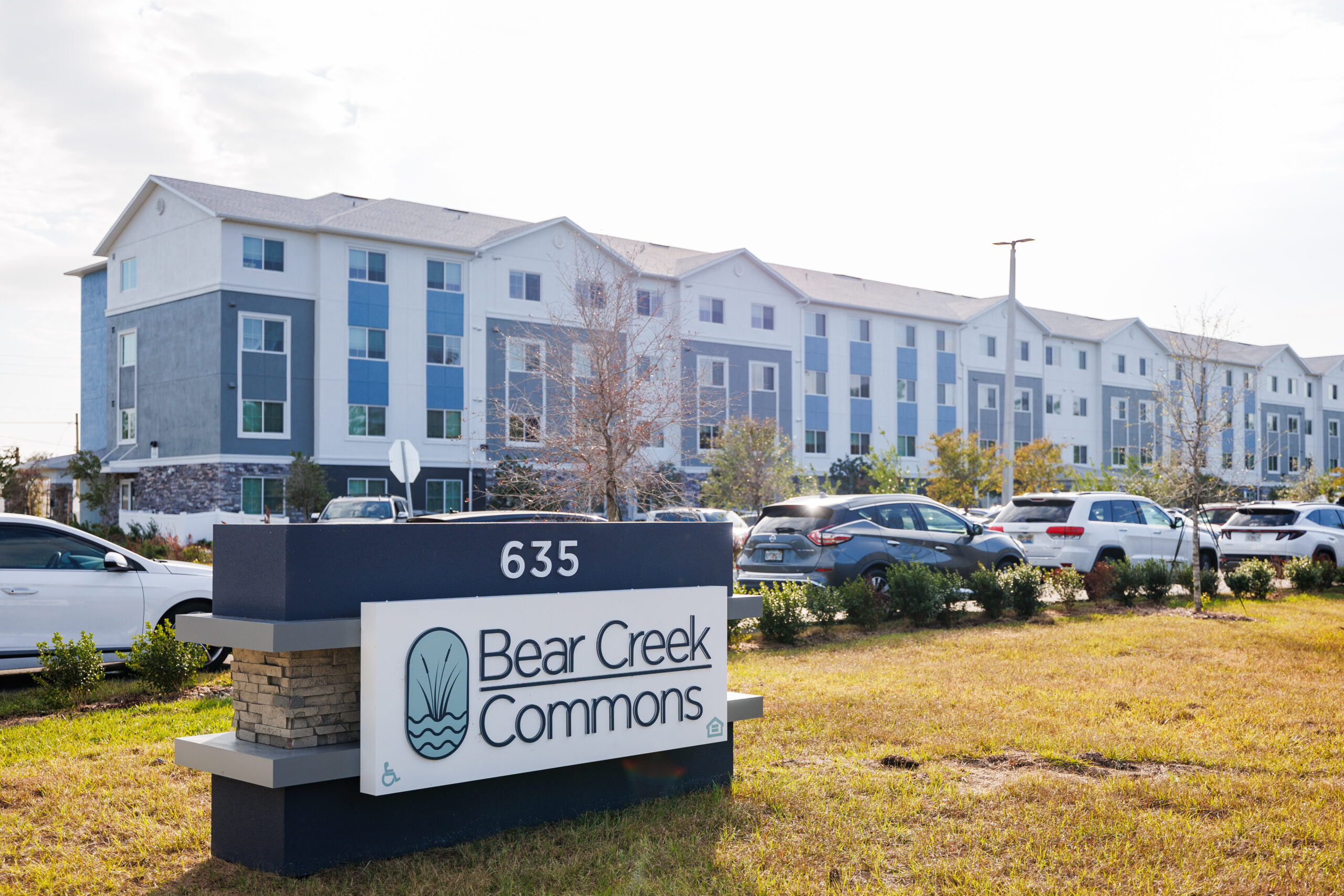The University of South Florida is exploring the unique history of America’s oldest city–St Augustine. The online exhibit will explore archives from St. Augustine dating back to the 16th century with a unique glimpse into parish life.
The University of South Florida has launched an innovative online exhibit titled “Lost Voices from America’s Oldest Parish Archive, 1594-1821,” This exhibit explores historic St. Augustine, America’s oldest continuously inhabited European settlement. Covering the 16th-19th centuries, exhibit explorers will uncover unique perspectives about the lives, relationships, and hardships of this historic multi-ethnic population.
This exhibit is part of a greater exhibit, “La Florida: The Interactive Digital Archives of the Americas.” This digital platform allows teachers, students, scholars and the public to research pivotal moments in early Florida history, conduct detailed searches on individuals and demographic changes and create custom infographics from the entire collection.
The digital archive includes 4,000 pages of ecclesiastical records from America’s first parish in St. Augustine. The collection presently includes baptism, marriage, death and burial records, including the 1801 burial record of Georges Biassou, an early leader of the Haitian Revolution. Other documents identify the names of dozens of runaway slaves who risked their lives to escape English plantations in search of freedom in Spanish Florida.
Related: Hidden History: Sunken Gardens
“These records give us biographical sketches and can help us track individuals through time,” said J. Michael Francis, the Hough Family Endowed Chair of Florida Studies at USF’s St. Petersburg campus and the executive director of the La Florida project. “When combined with other records from Florida and Spain, we can flesh out stories of individuals that hardly ever appear in historical records, such as women and Native Americans and free and enslaved African Americans.”
Piecing together clues about the little-known lives of Native Americans, free and enslaved Africans, and conquistadors from Spain, Portugal, Germany, Ireland and elsewhere, La Florida brings early Florida’s diverse population to life through short videos, interactive maps and a searchable population database. It weaves together the lives and events of over three centuries of Florida’s colonial past, from Juan Ponce de León’s 1513 expedition to 1821, when Florida became a U.S. territory.
“This project breaks new ground by giving a voice to those who have been traditionally overlooked by the history books,” said Martin Tadlock, regional chancellor of USF’s St. Petersburg campus. “By enhancing those complex and nuanced stories through the use of updated technology, Dr. Francis and his team have given all of us a new and fuller understanding of Florida’s rich colonial history.”
The “Lost Voices” project was supported by a $250,000 major initiatives grant from the National Archives and the generous support of the Hough Family Foundation, the Lastinger Family Foundation and the Frank E. Duckwall Foundation.




























